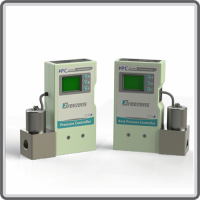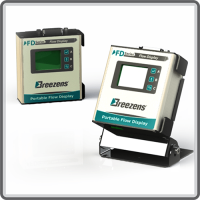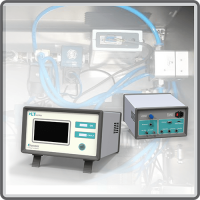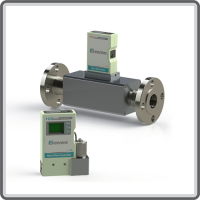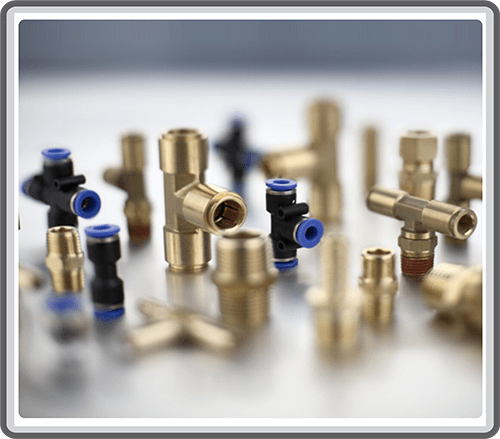Abstract
Explore the critical differences between laminar and turbulent flow in the context of flow measurement. This blog provides insights into the impact of turbulent flow on flow meters and offers three expert tips to minimize its disadvantageous effects. Gain a comprehensive understanding of why laminar flow is crucial for certain flow meters and how the Reynolds number plays a pivotal role in determining flow conditions.




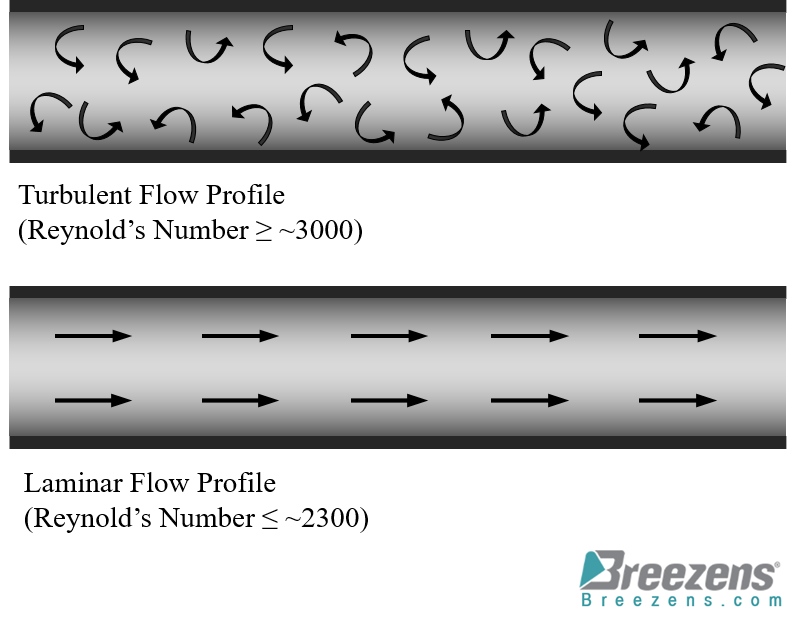

Unraveling Turbulence Effect
“Turbulence is a complex topic that sparks debates in scientific circles, reflecting its intricate nature and the challenges in resolving it,” as eloquently put by Marcel Lesieur in 1987. This section explores the causes of turbulent flow, emphasizing the impact of restrictions and high fluid velocities. The turbulence effect, a common challenge, is addressed, emphasizing the disruptions caused by restrictions and the importance of pipe length in returning flow to a laminar state.
Turbulent Flow: A Pitfall for Measurement Accuracy
Turbulent flow can significantly affect the precision of flow measurements, particularly at the inlet of flow measurement instruments. While not all flow meters experience turbulence as a disadvantage, thermal flow meters utilizing the bypass principle are notably sensitive.
Distinguishing Laminar Flow from Turbulent Flow
Visualizing laminar and turbulent flow through an experiment with ink in a cylindrical tube elucidates the difference. Laminar flow is characterized by parallel streamlines, while turbulent flow introduces chaos, disrupting the flow pattern. The Reynolds number, a crucial parameter dependent on various factors, determines whether the flow is laminar, transitional, or turbulent.
Conclusion
Mastering the distinction between laminar flow and turbulent flow is paramount for accurate flow measurements. By implementing the provided tips, particularly in the context of thermal flow meters using the ‘bypass’ sensor principle, you can ensure optimal performance and precise results in your flow measurement processes. Stay tuned for more insights into the world of fluid dynamics and measurement accuracy.

